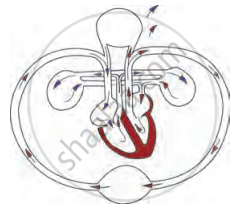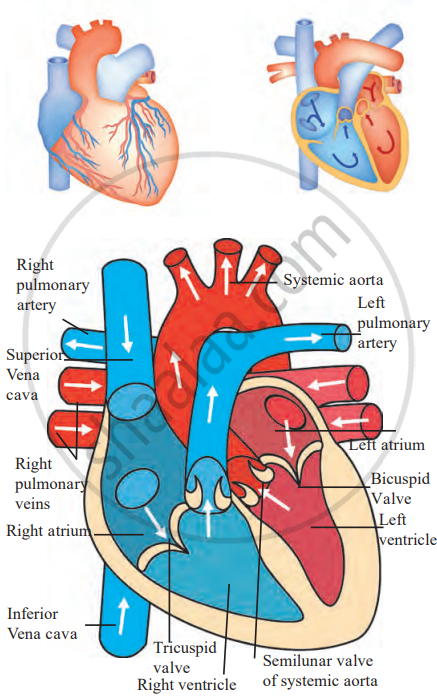
The myocardium, the heart's muscle layer, needs a constant supply of oxygen and nutrients. The right and left coronary arteries deliver oxygen-rich blood to the myocardium. After the blood delivers oxygen and collects waste, it flows through cardiac veins, which mostly empty into the coronary sinus. The coronary sinus then drains into the right atrium.

